I’m attempting to setup a Google Cloud Storage bucket to store and serve all the static objects for my site. I’m also attempting to push all the objects in that bucket out to all the global edge locations offered by Google Cloud CDN.
I’ve created a bucket on Google Cloud Storage: cdn.mysite.com. I chose “US” multi-region for the bucket location setting.
My assumption is that any object stored in this bucket will be replicated to all the us-* regions for high-durability purposes, but not pushed out to all the Google Cloud CDN global edge locations for CDN purposes.
Or are all my objects in my “US” multi-region bucket already automagically pushed out to all of Google Cloud CDN edge locations?
I’m gobsmacked that I can’t figure out whether or not my bucket is already a CDN or not. Even after two days of searching (Google, ironically).
Thanks in advance for any help.
